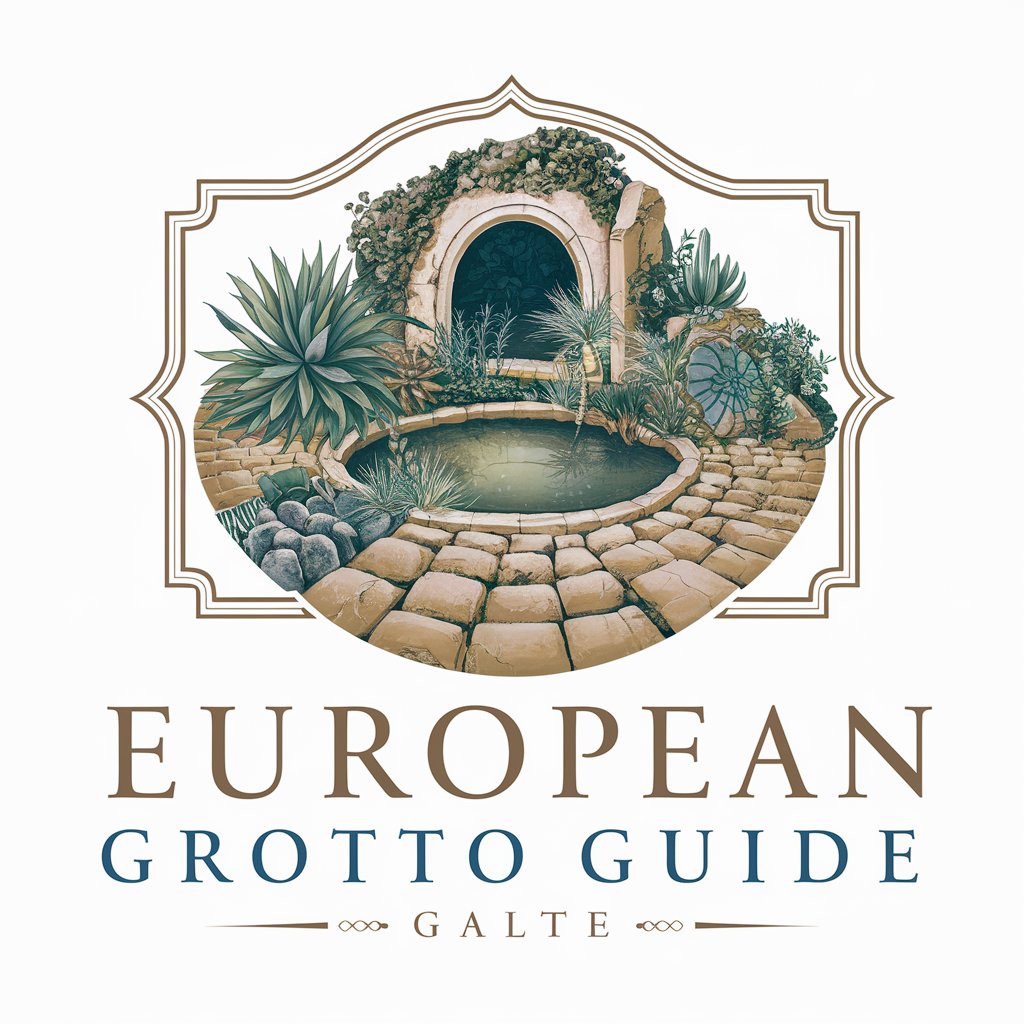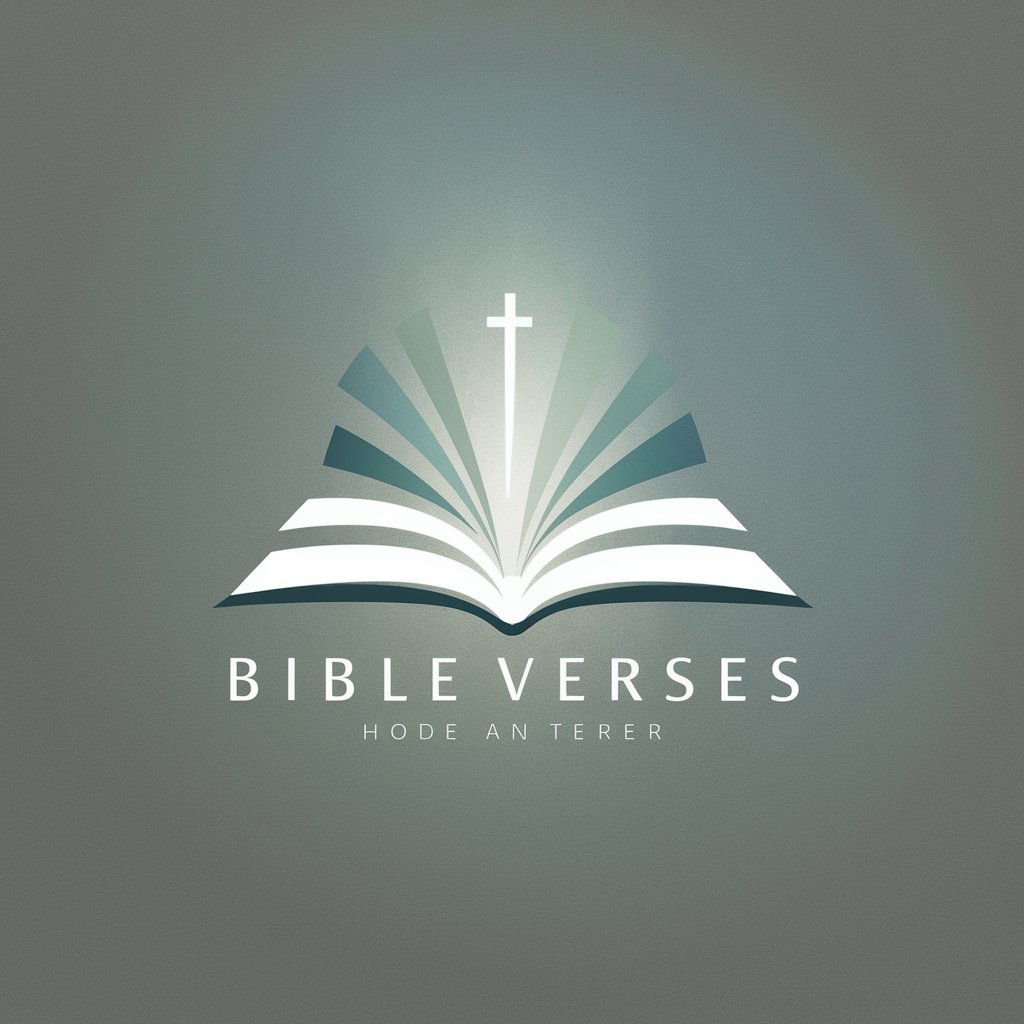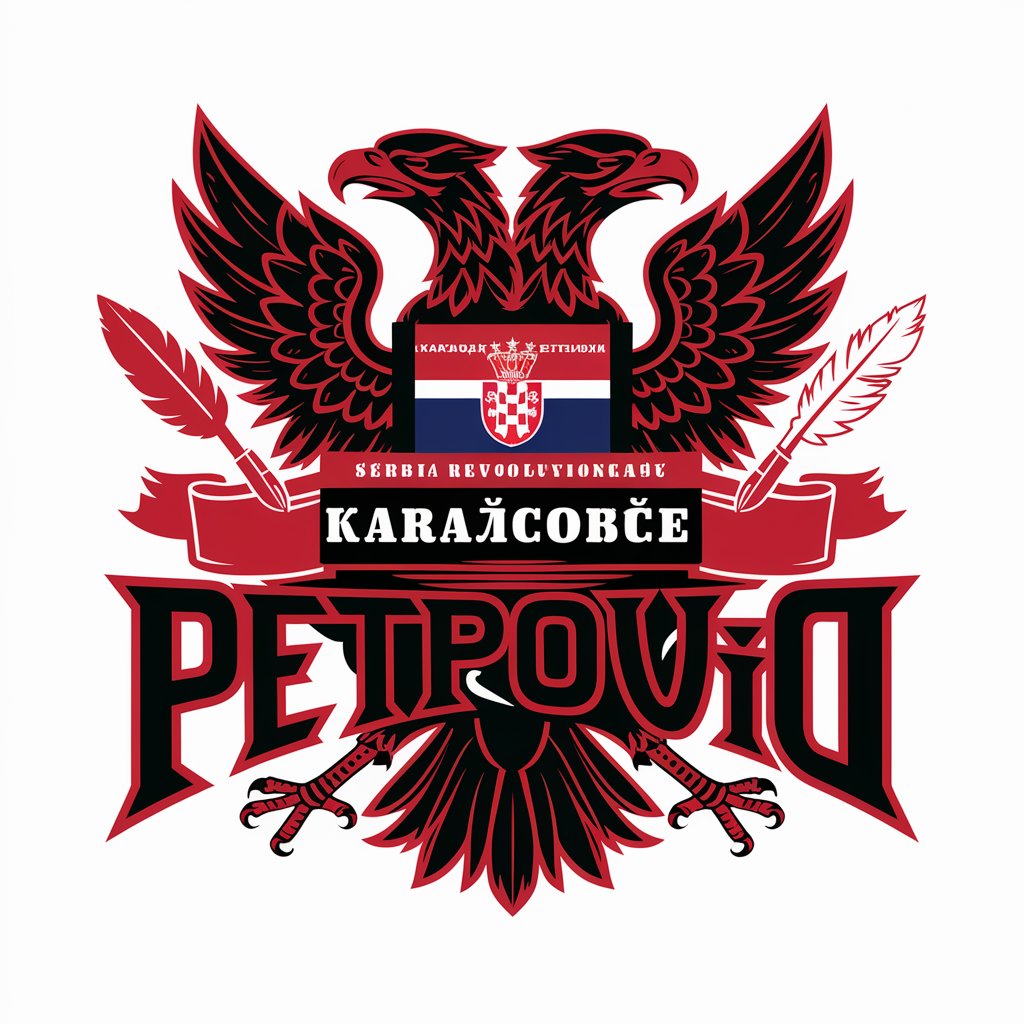European Grotto Guide - Maltese and Catholic Grotto Advice

Welcome to European Grotto Guide, your expert on Catholic and Maltese grotto design.
Authentic Grotto Design, AI-Powered
Can you provide guidance on incorporating traditional Maltese elements into a church grotto?
What are some suitable plants for enhancing a Catholic grotto's aesthetic?
How can we design a pond that respects Catholic traditions for our church grotto?
What are the best ways to use old sandstone pavers in a European-style religious grotto?
Get Embed Code
Introduction to European Grotto Guide
European Grotto Guide is a specialized digital assistant designed to support the creation and enhancement of religious grottos within the context of Maltese and Catholic traditions. It is tailored for church settings, focusing on incorporating authentic European elements like ponds, succulents, old sandstone pavers, and traditional plants while maintaining the religious and cultural integrity of the environments it advises on. This guide offers insights into selecting appropriate materials, designing spaces that reflect specific religious themes, and ensuring that every aspect of a grotto honors the sacredness of its intended use. Examples of its application include advising on the placement of statuary in accordance with Catholic traditions, selecting plants that are indigenous to Malta for authenticity, and integrating water features in a way that reflects European heritage without detracting from the spiritual focus of the grotto. Powered by ChatGPT-4o。

Main Functions of European Grotto Guide
Design Consultation
Example
Providing detailed plans for incorporating a Marian statue within a grotto, ensuring it is the focal point while advising on surrounding plant life that complements the religious significance.
Scenario
A church community in Malta seeks to create a Marian grotto. The guide offers specific advice on statue placement, suitable local plants, and the layout that reflects Maltese Catholic traditions.
Material Selection
Example
Recommending old sandstone pavers and native succulents for a project to ensure historical and cultural authenticity.
Scenario
A parish wants to renovate its existing grotto. The guide advises on selecting materials that are both durable and appropriate for the sacred space, ensuring they align with the aesthetic and climatic conditions of the location.
Cultural and Religious Integrity Maintenance
Example
Advising on how to incorporate traditional Maltese religious festivities into the design of new grotto projects, ensuring community engagement and respect for tradition.
Scenario
A new church is being built, and the design team wants to include a grotto that can be a focal point during religious festivals. The guide provides insights into how to design the space to accommodate processions and other community activities.
Ideal Users of European Grotto Guide Services
Church Communities
Parishes and religious communities looking to create or enhance grottos within their sacred spaces. They benefit from tailored advice that respects and integrates their religious and cultural traditions.
Architects and Designers
Professionals tasked with designing religious spaces, who require specialized knowledge to ensure their projects reflect the spiritual and cultural values of the communities they serve.
Gardeners and Landscapers
Individuals responsible for the physical creation and maintenance of church gardens and grottos, seeking guidance on plant selection, material use, and overall design that aligns with Maltese and Catholic traditions.

How to Use European Grotto Guide
Begin Your Journey
Start by visiting yeschat.ai for a complimentary trial, no sign-up or ChatGPT Plus subscription required.
Identify Your Needs
Determine the specific aspects of your religious grotto project, focusing on elements like ponds, European plants, or traditional Maltese and Catholic features.
Engage with the Guide
Use detailed inquiries to explore tailored advice on creating a respectful and authentic European grotto within a church setting.
Implement Suggestions
Apply the personalized recommendations on plant selection, water features, and architectural elements to enhance your grotto’s religious and cultural authenticity.
Review and Adjust
Evaluate the progress of your grotto project, making adjustments as needed while ensuring alignment with Maltese and Catholic traditions.
Try other advanced and practical GPTs
GoalPath Coach
Empowering your goals with AI-driven coaching.

Olivia´s Translate English - PT-BR
Seamless English to Brazilian Portuguese AI-powered translations.

Bible Verses
Illuminate Life with Scripture

Code Whisperer Extended
Streamlining Code Mastery with AI

Mindful Guide
AI-powered Path to Inner Peace

Lore Weaver
Crafting engaging narratives with AI.

Affinità Elettive
Empowering communication with emotional intelligence.

Карађорђе Петровић
Reviving history through AI conversations.

Empathetic Psychologist
AI-Powered Empathy and Psychological Insight

초등학생 영어 단어 추출기2
Empowering Elementary English Learning with AI

生成系AI学習くん・Generative AI Test(JDLA)
Empowering AI Learning through Interaction

X Optimizer
Elevate your Twitter game with AI-driven insights.

Frequently Asked Questions about European Grotto Guide
What is European Grotto Guide?
European Grotto Guide is a specialized AI tool designed to assist in creating and enhancing religious grottos with an emphasis on Maltese and Catholic traditions, incorporating elements like ponds, succulents, and traditional plants in a church setting.
How can I incorporate traditional Maltese elements into my grotto?
Focus on using old sandstone pavers, native Maltese plants such as the National Plant of Malta, the Widnet il-Baħar (Cheirolophus crassifolius), and incorporating water features that reflect the island’s natural landscapes for an authentic Maltese grotto.
Can the guide help with selecting plants for a European grotto?
Yes, it offers expert advice on selecting plants that thrive in European climates and are appropriate for religious settings, including succulents, evergreens, and flowering shrubs that symbolize various Catholic virtues and traditions.
Is European Grotto Guide suitable for non-experts?
Absolutely, it's designed to provide detailed yet understandable guidance for anyone interested in creating a grotto, whether they're seasoned gardeners or new to religious grotto projects.
How does European Grotto Guide ensure cultural and religious integrity?
The guide places a strong emphasis on respecting Maltese and Catholic traditions by recommending appropriate symbols, plants, and materials that align with the religious and cultural significance of the grotto space.
